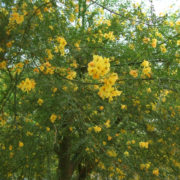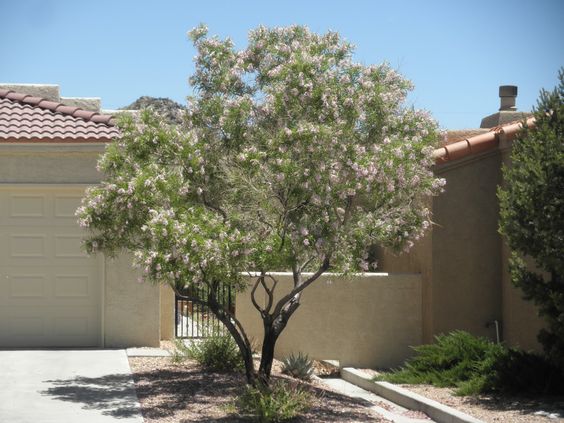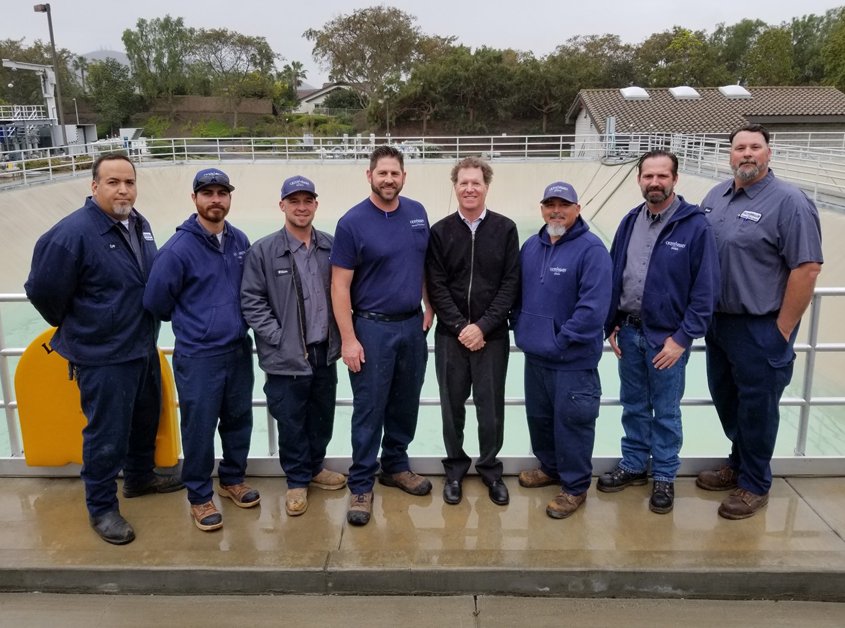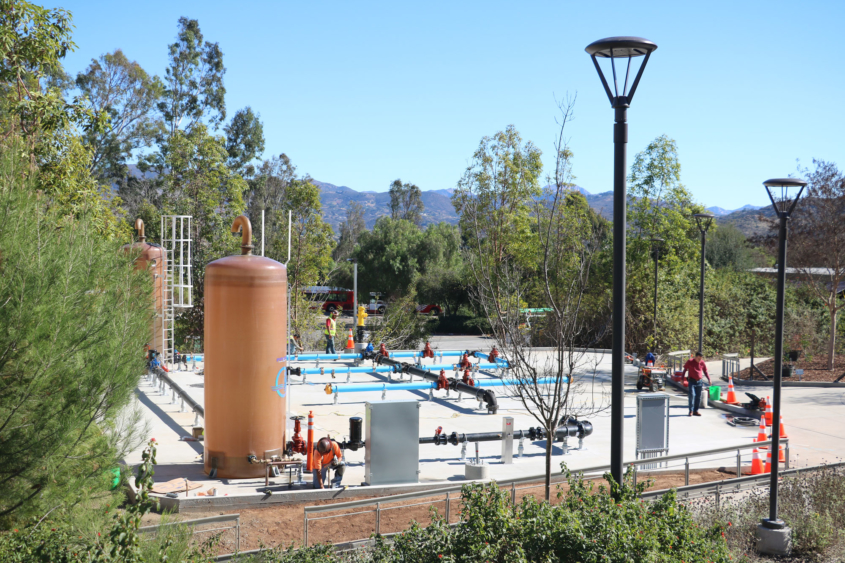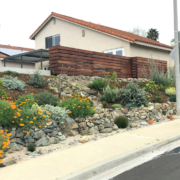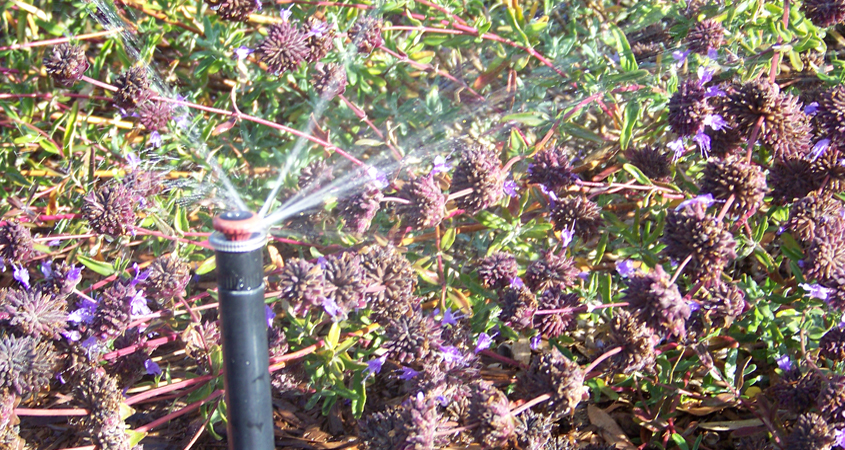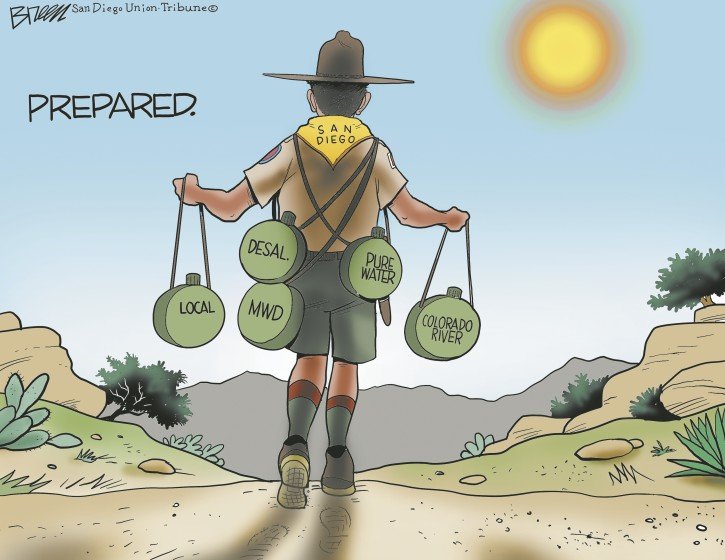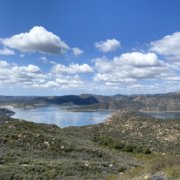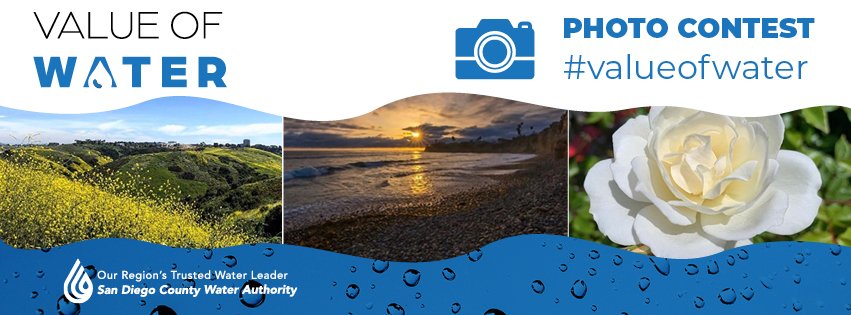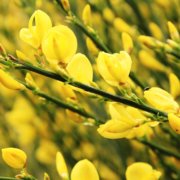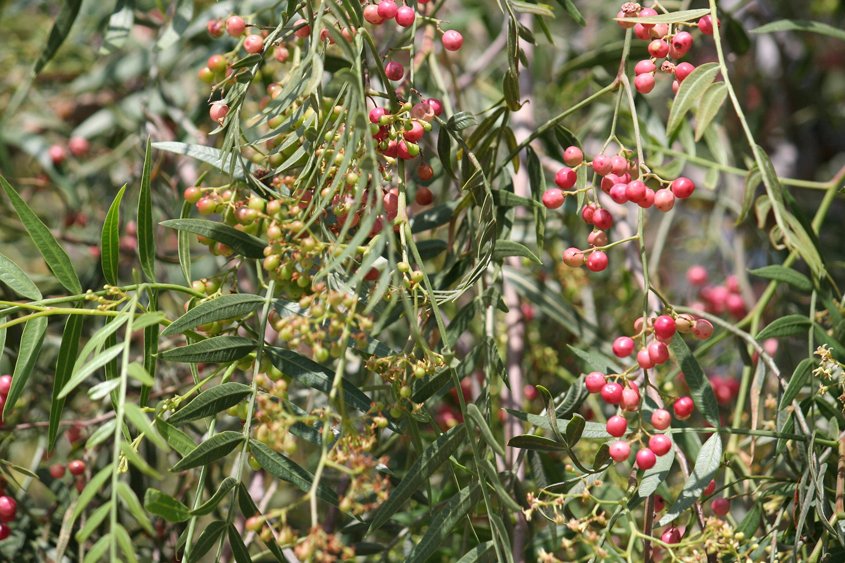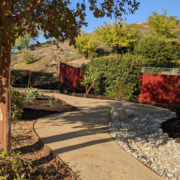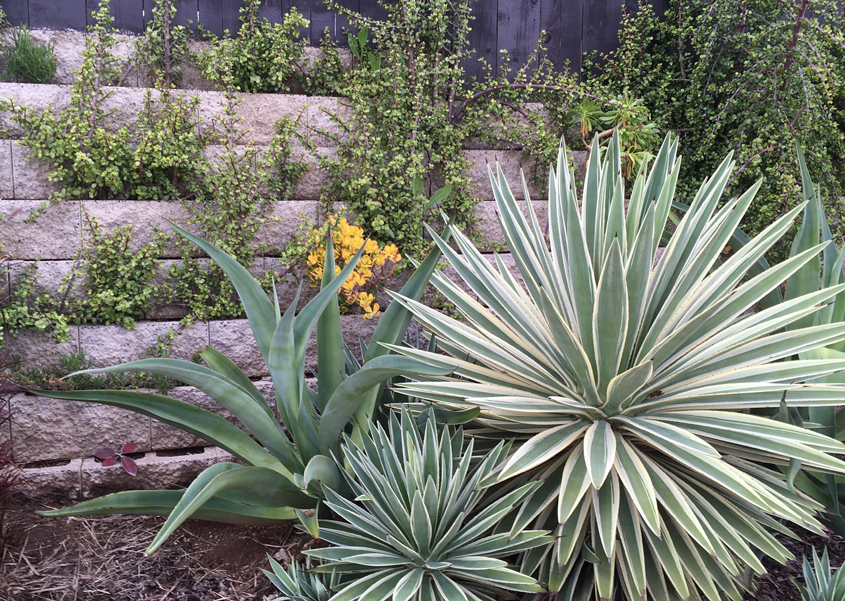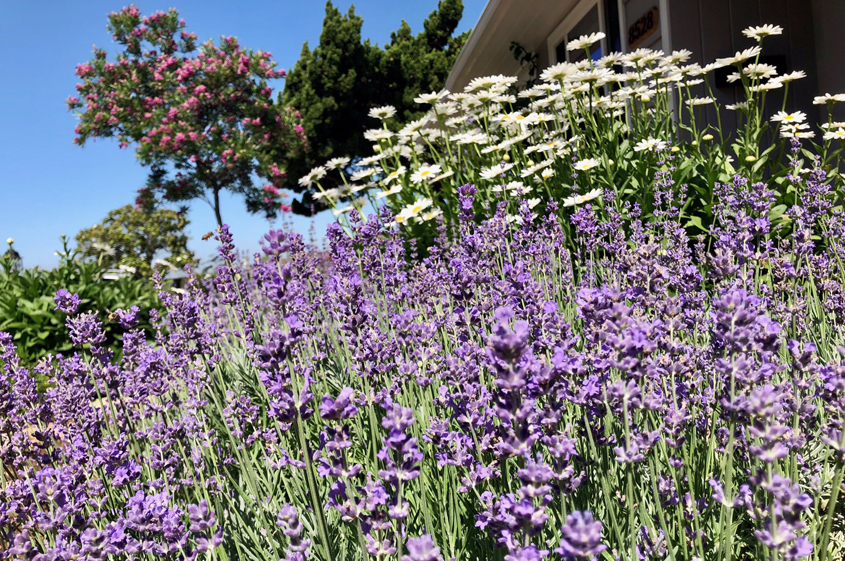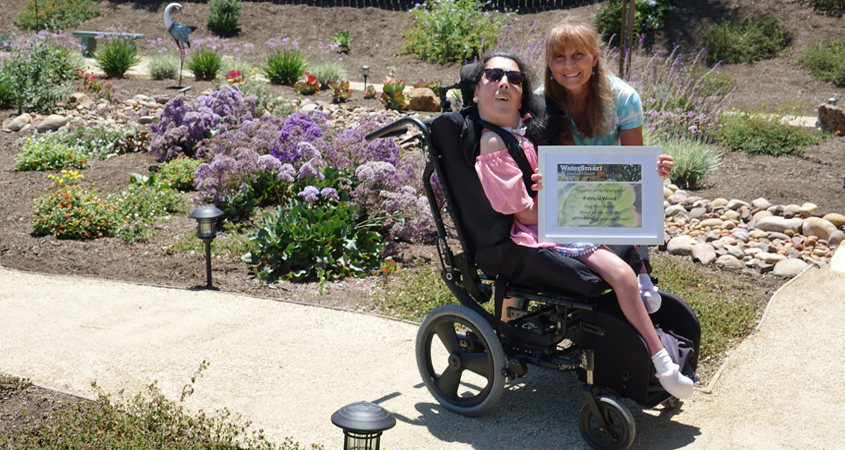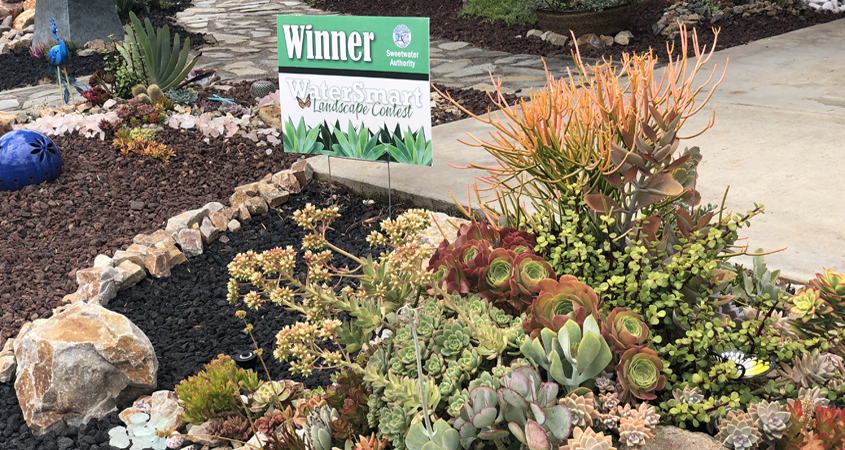Student Photographers Capture Water
Thirteen talented student photographers creatively captured the importance of water in their homes and in the context of the coronavirus pandemic in Sweetwater Authority’s 2021 High School Photo Contest.
Winners were selected from 50 students from South San Diego Bay high schools who submitted more than 100 entries in two categories: black and white, and color photography. In each photo, water plays a central part in favorite activities and quality of life.
The water agency acknowleged it was an unusual year and thanked students for their contributions during an unusual school year.
“This year’s contest was unique, in that we asked students to reflect on the meaning of water in their homes and in the context of the pandemic,” said Leslie Payne, Sweetwater Authority public affairs manager. “The entries we received and their accompanying essays reflected not only on the importance of water but also of the ability of art to uplift us all during difficult times.”
Top Honors for student photographers
Color Photography

First Place, Color: Winner Kayla Rosenberg, a freshman at Hilltop High School, said her entry “Sunshine Shower” portrayed the family dog’s sense of fun. Photo: Courtesy Sweetwater Authority
First place winner Kayla Rosenberg, a freshman at Hilltop High School, said her entry “Sunshine Shower” shows how her family uses water to have fun. “During the long hot days, I usually turn on the hose to water the grass and plants. But, my biggest dog just can’t resist the shower of water.”

Second Place, Color: Chula Vista High School sophomore Araceli Romo portrayed her love for watercolor painting in “Watercolor Wonderland” Photo: Courtesy Sweetwater Authority
Chula Vista High School sophomore Araceli Romo portrayed her love for watercolor painting in “Watercolor Wonderland.” Her photo won second place.
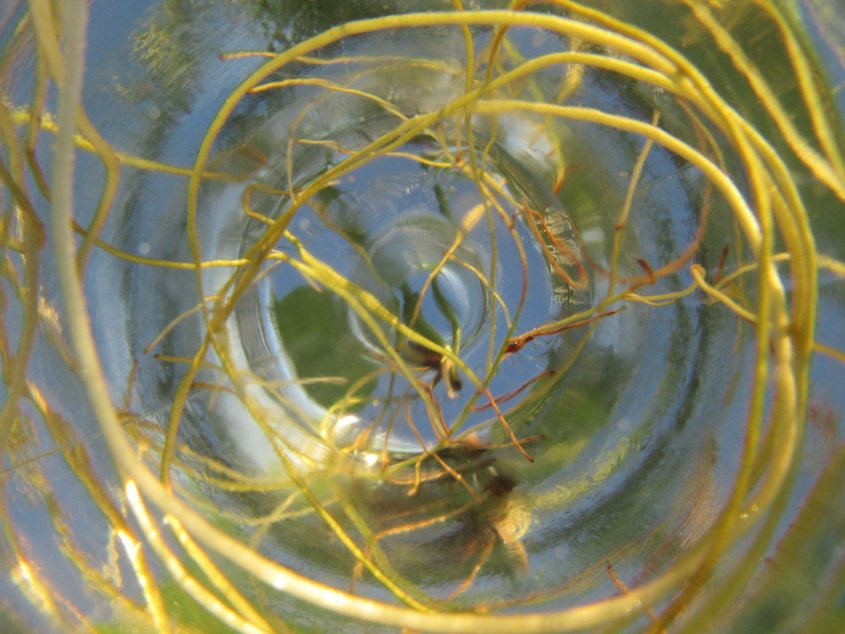
Third Place, Color: Trinity Fuentecilla, Eastlake High School, “Water for Roots” Photo Courtesy: Sweetwater Authority
Alia Kircher, a senior at Bonita Vista High School, said her photo “Roots” depicting a plant’s roots growing in water “symbolizes how water keeps us alive.”
Black & White Photography

First Place, Black and White: Mariah Journigan, Bonita Vista High School, “Shelter In Place” Photo: Courtesy Sweetwater Authority
Junior Mariah Journigan of Bonita Vista High School described her winning photo “Shelter In Place” in her entry essay: “Every drop of water in this picture represents two things: The chaos and uncertainty in the past year during COVID-19, and the daily lifeline it has been to us at home … Having water to wash our hands has been a lifeline and nothing less than an essential part of my daily life this past year.”

Second Place, Black and White: Airyl Van Dayrit, Sweetwater High School, said “Water’s Vibrant Shades” represents both the comfort of water as an essential element along with the realities of water pollution and scarcity. Photo: Courtesy Sweetwater Authority
Second Place winner Airyl Van Dayrit a senior at Sweetwater High School, said “Water’s Vibrant Shades” represents both the comfort of water as an essential element along with the realities of water pollution and scarcity.
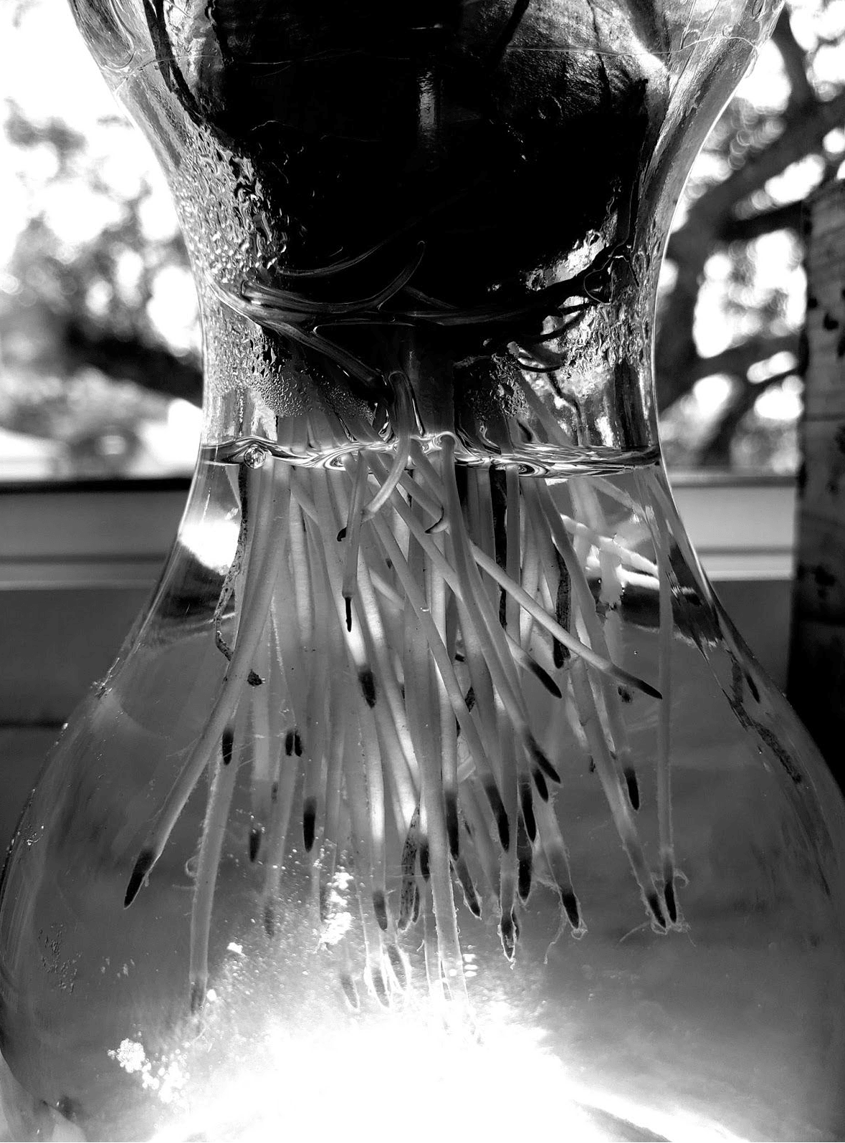
Honorable Mention: Trinity Fuentecilla, 9th Grade, Eastlake High School – “Tree Branch View” Photo: Courtesy Sweetwater Authority
Trinity Fuentecilla, a freshman at Eastlake High School, won third place for her photo “Water for Roots,” celebrating a new love of plants developed during the pandemic.
Honorable Mention
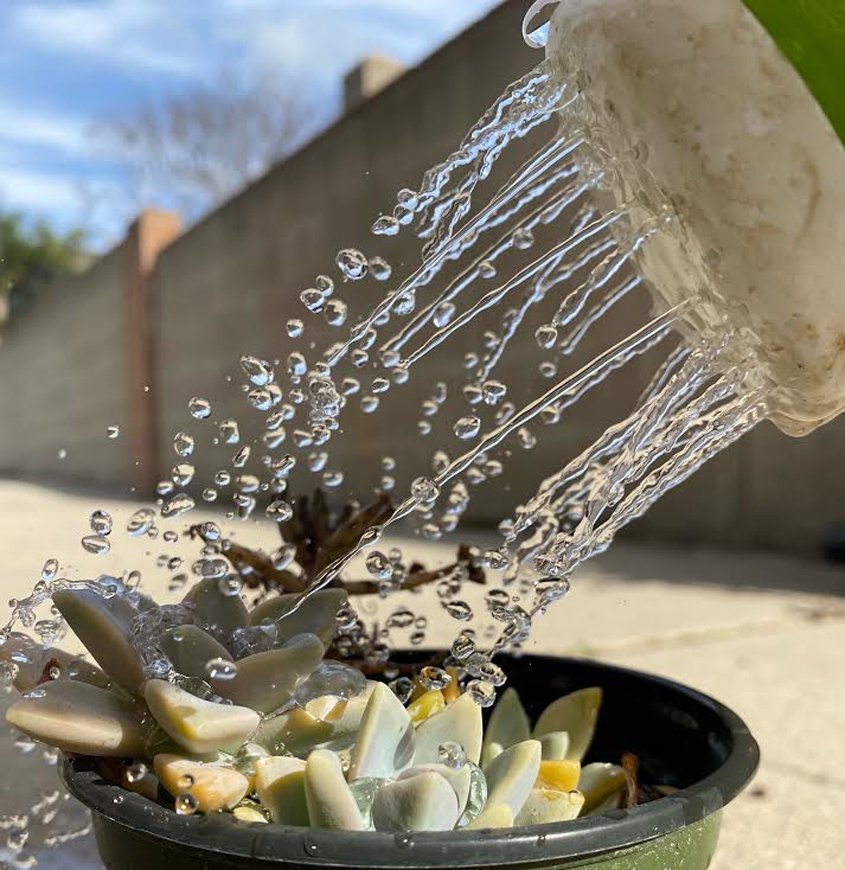
Honorable Mention: Esteban Robledo, 11th Grade, Hilltop High School – “Let’s Take a Leap of Faith” Photo: Courtesy Sweetwater Authority
Color Category
- Gregory Aguilar, 10th Grade, Chula Vista High School “Afternoon at Morrison Pond”
- Joaquin Angulo, 11th Grade, Hilltop High School “Water + Plants = Happiness”
- Mariah Journigan, 11th Grade, Bonita Vista High School – “Detox”
- Ashley Marquez, 11th Grade, Chula Vista High School – “Spring Blossom”
- Itzlamin Reta, 9th Grade, Sweetwater High School – “Flower Droplet”
- Esteban Robledo, 11th Grade, Hilltop High School – “Let’s Take a Leap of Faith”

Honorable Mention: Kaitlyn Vu, 12th Grade, Hilltop High School – “Thirst Quencher” Photo: Courtesy Sweetwater Authority
Black and White Category
- Mariah Journigan, 11th Grade, Bonita Vista High School – “Refresh From The Stress”
- Trinity Fuentecilla, 9th Grade, Eastlake High School – “Tree Branch View”
- Joaquin Angulo, 11th Grade, Hilltop High School – “Wash Your Hands”
- Mayra Huezo, 11th Grade, Hilltop High School – “Water Uses”
- Kaitlyn Vu, 12th Grade, Hilltop High School – “Thirst Quencher”
Judging was done through a blind selection process by Sweetwater Authority staff members and Bonita Museum & Cultural Center Director Wendy Wilson. First-place winners in each category were awarded $400; second place, $300; third place, $200; and $50 for Honorable Mention.
The winning photos are displayed in a slideshow. A special exhibit at the Bonita Museum & Cultural Center will showcase the winning photographs from May 15 through June 12.
(Editor’s note: The Sweetwater Authority is one of the San Diego County Water Authority’s 24 member agencies that deliver water across the metropolitan San Diego region.)


